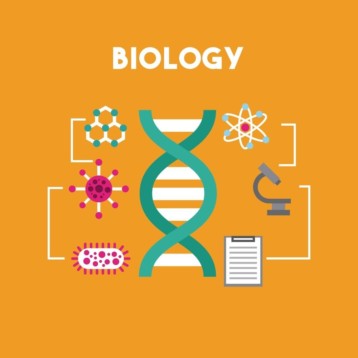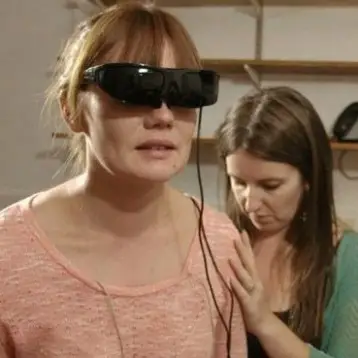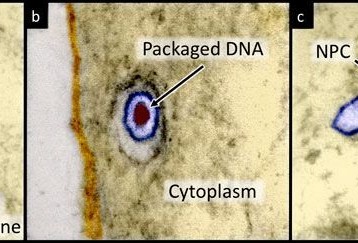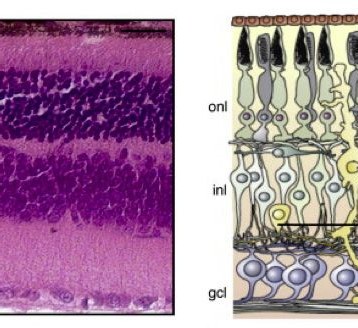The researchers were surprised to notice a difference between the genome structure in the germline – the cells that become eggs and the sperm that fertilize them – and the genome structure in the resulting embryonic cells. The DNA in the early embryonic cells had myriad breaks that resembled those in dying cells. But the cells weren’t dying. The embryonic cells had considerably fewer repeat DNA sequences than did the sperm cells and their precursors.
Learning how sea lamprey DNA rearrangements are regulated during development might provide information on what stabilizes or changes the genome, as well as the role of restructuring in helping form different types of body cells, like fin, muscle, or liver cells.
Icon image credit: University of Washington









